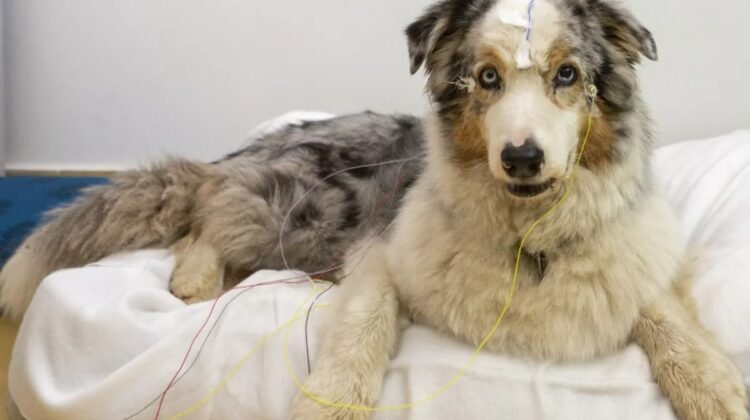
In the intricate tapestry of human-animal relationships, few bonds are as profound as that between humans and dogs. Beyond mere companionship, these four-legged friends possess an astonishing capacity for understanding language, as evidenced by a groundbreaking study shedding light on their cognitive prowess.
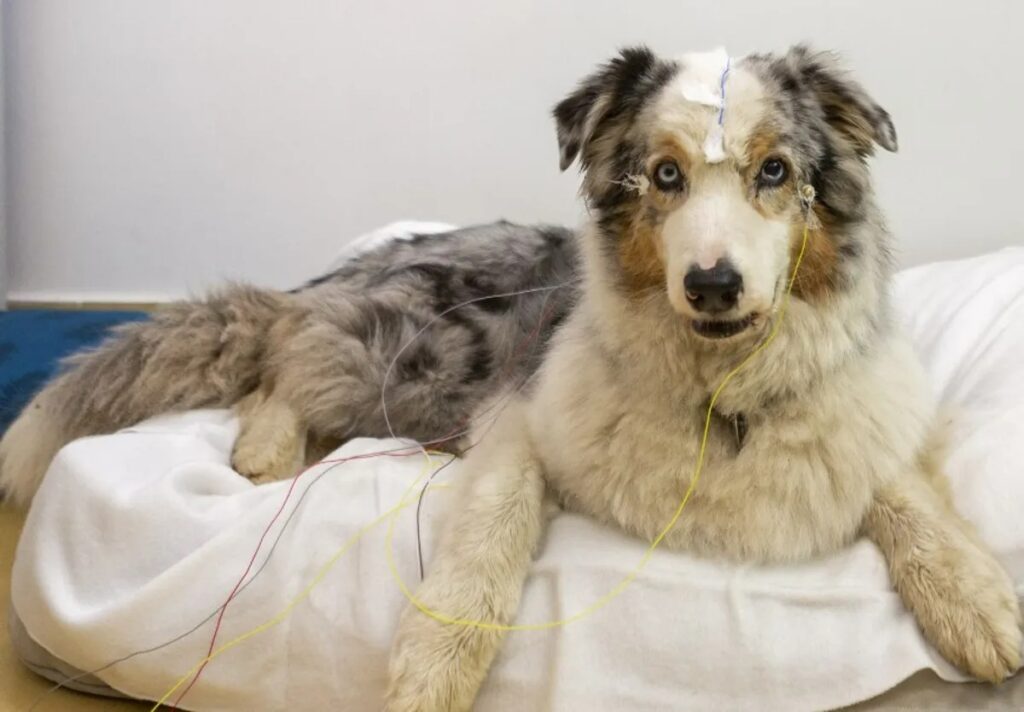
While the canine penchant for fetching balls or responding to commands is well-documented, a recent investigation delves deeper, revealing dogs’ remarkable ability to grasp nouns and associate them with specific objects. Employing non-invasive electroencephalography (EEG), researchers embarked on a journey to decipher the intricacies of canine linguistic comprehension.
Traditionally, assessments of canine linguistic skills revolved around tasks requiring dogs to retrieve specific items, often yielding inconclusive results. However, by monitoring brain activity through EEG, researchers gained unprecedented insights into how dogs process linguistic cues.
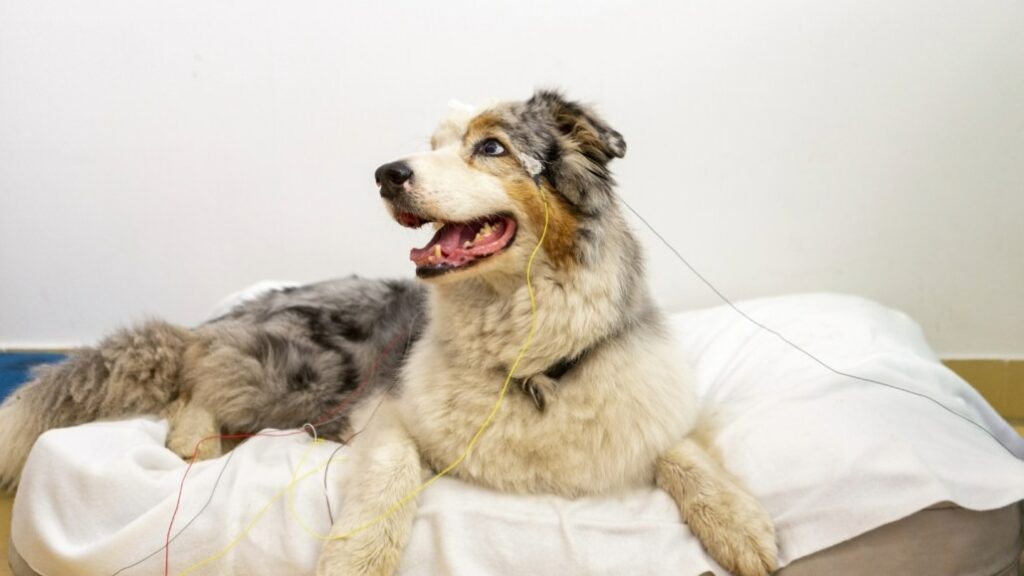
In a series of experiments, dog owners were tasked with vocalizing the names of toys known to their pets, followed by the presentation of either the corresponding item or an unrelated object. Analysis of EEG readings unveiled intriguing patterns: when confronted with a mismatch between the uttered word and the displayed object, dogs exhibited brain activity akin to the “N400 effect” observed in humans.
The emergence of this neural response, indicative of semantic processing, suggests that dogs mentally conjure representations of objects upon hearing their names—a testament to their nuanced comprehension of language. Lead author Marianna Boros elucidated this phenomenon, affirming that dogs activate memories associated with specific objects, underscoring their latent understanding of nouns.
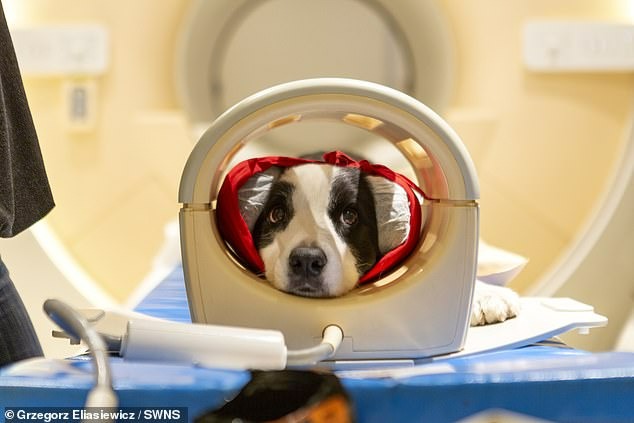
Contrary to conventional wisdom, the depth of canine linguistic prowess transcends mere rote learning, as co-author Lilla Magyari elucidates. Dogs aren’t merely parroting behaviors; they’re discerning the meaning behind individual words—a cognitive feat akin to human comprehension.
Moreover, the study elucidated that the strength of this effect correlates with the familiarity of the word, affirming that semantic processing is an innate trait rather than a byproduct of extensive training. Regardless of a dog’s vocabulary size, the ability to form mental links between nouns and objects remains a universal trait among canines.
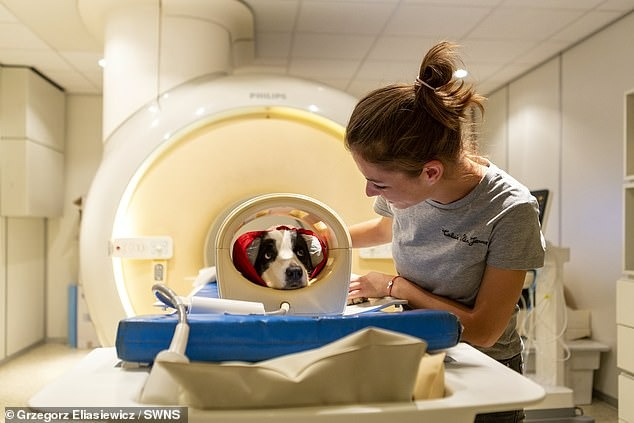
However, researchers caution against anthropomorphizing canine linguistic abilities, highlighting disparities in word processing between dogs and humans. While infants grasp the concept of word-category associations, dogs exhibit a more direct mapping between nouns and individual objects, devoid of broader categorization.
Nevertheless, the study underscores the profound depth of canine cognition, offering a glimpse into the intricate workings of the canine mind. By unraveling the mysteries of language comprehension in dogs, researchers pave the way for deeper understanding and appreciation of our cherished companions’ intellectual faculties.

Leave a Reply